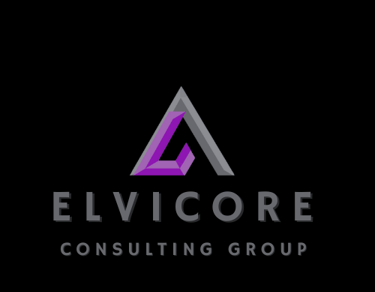Future-Ready Leadership: How to Thrive Amidst Rapid Change and Uncertainty
Dr. Bruce Huntley
1/8/20252 min read


A few years ago, I read an insightful article titled Kill Your Status Quo Before It Kills You (Naylor, 2018). The central theme was clear: to gain a competitive advantage, leaders must prepare their people for change, build a foundation for adaptive change, and make innovation a core part of their organizational DNA—quickly.
Since Naylor’s article, the pace of change in business has skyrocketed. Recent analyses show an astonishing 183% increase in the rate of change across various business factors over the past six years, with a particularly sharp 33% rise in just the past year. This acceleration is fueled by rapid technological advancements, dramatic economic swings, and evolving consumer expectations around digital accessibility.
In this rapidly shifting landscape, leaders must embrace adaptive strategies to mitigate the stress and uncertainty that often accompany change. Here are three actionable steps to help you manage change more effectively and position your organization for success:
1. Demonstrate Visionary Leadership
Leaders must visibly support change to inspire confidence and ensure its success (El-Amin, 2022). This involves:
Developing and articulating a clear vision for change.
Building competencies to execute this vision effectively.
Motivating and collaborating with teams to implement the change.
Promoting the benefits and outcomes of the change.
When leaders are both considerate and strategic, they foster trust, reducing uncertainty and empowering their teams to embrace change with confidence (Holten et al., 2020).
2. Prioritize Adaptive Change
Change is the only constant in today’s world. Leaders who thrive in this environment understand the distinction between being a change agent and a catalyst or facilitator of change. This distinction lies in their ability to actively drive and enact change amidst chaos.
To do this effectively, leaders must identify and address factors that either enable or restrain change at both individual and organizational levels. Organizations that adopt a proactive, rather than reactive, mindset are better equipped to navigate the complexities of rapid transformation.
3. Foster a Culture of Innovation
Innovation is critical to solving new challenges—but it must be deliberate and collaborative. Simply reusing old solutions for unprecedented problems can lead to stagnation.
Instead, develop a learning agenda that guides your organization toward innovation by:
Engaging stakeholders in the process.
Aligning innovation with performance management goals.
Building a culture that prioritizes learning and experimentation.
By embedding innovation into the fabric of your organization, you ensure it is better prepared to tackle the unknown with agility and confidence.
Conclusion
Navigating the complexities of today’s business environment requires more than resilience—it demands visionary leadership, a culture of adaptability, and a commitment to innovation. By embracing these strategies, organizations can not only survive but thrive amidst rapid change.
At The Elvicore Group, we specialize in helping organizations unlock their full potential by equipping leaders with the tools and strategies needed to drive meaningful change, foster innovation, and build adaptive cultures. Our tailored approach ensures that your organization is ready to meet today’s challenges while positioning itself for tomorrow’s opportunities.
Partner with us to create a roadmap for success that empowers your leaders, engages your teams, and drives sustainable growth. Together, we can turn your vision into reality and help your organization rise to new heights.



